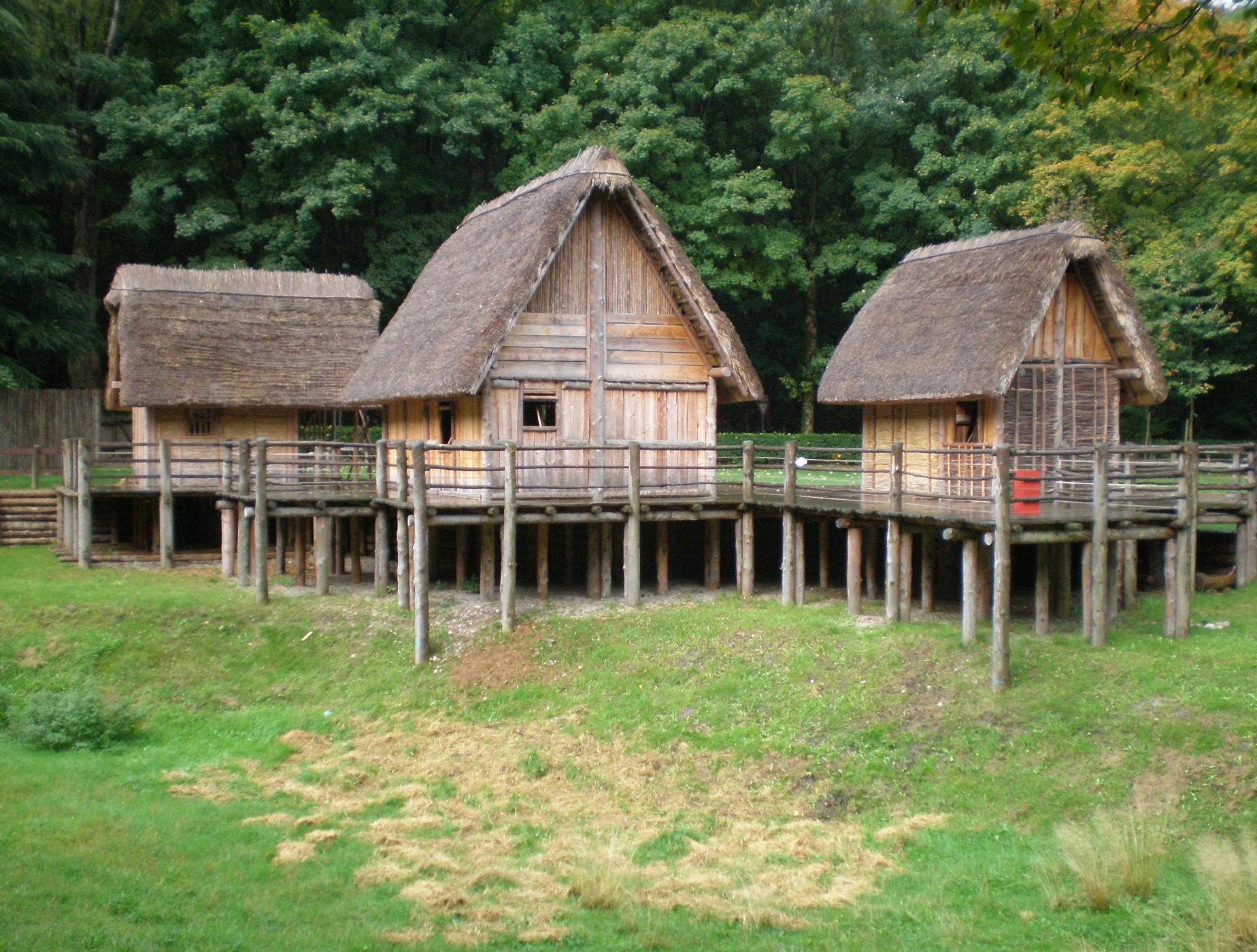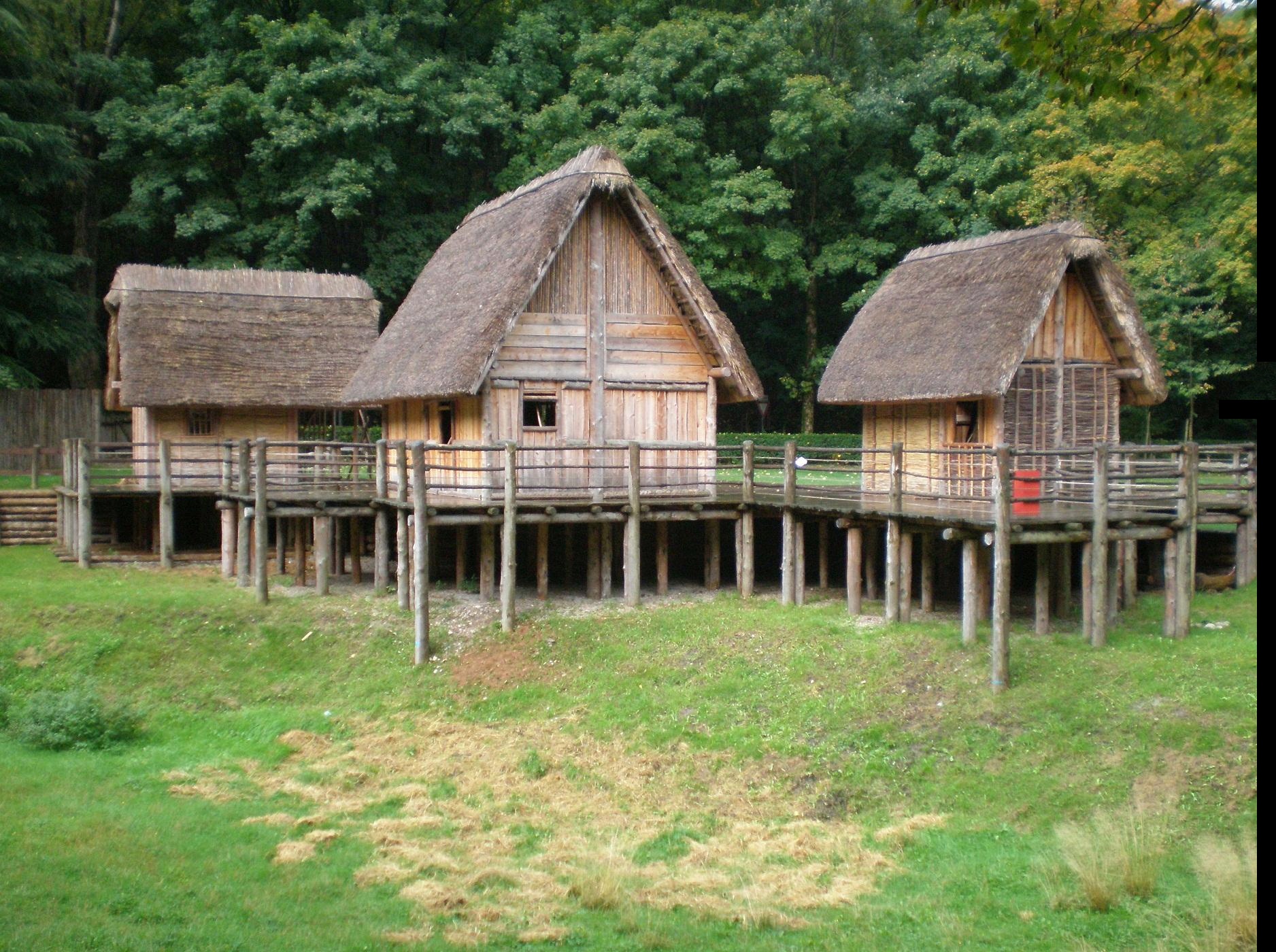Chris Pollett > Students > Hammoudeh
Print View
[Home]
[Blog]
Deliverable #3: Paikin & Tal Solver
Paikin & Tal Solver - zip
This program is my own implementation of the Paikin & Tal Solver as described in their 2015 paper is runs in Python version 2.7.11. The required libraries are:- OpenCV: An open-source computer vision library
- NumPy: A package that simplifies large matrix computations.
- Pickle (Optional): An object serialization library
hammoudeh_puzzle_solver: Excluding the driver, this package is independent of the solver algorithm being used. Its main classes are below. There are other classes as well, but the ones below encapsulate those an average user may encounter.-
Puzzle: This encapsulates a puzzle. The parameters passed to its constructor are: a path to an image file and an object specifying thePuzzleType. -
PuzzlePiece: These are created by thePuzzleclass in themake_piecesmethod. A puzzle is composed of one or morePuzzlePieceobjects. Generally a user should not be creatingPuzzlePieces. -
PuzzleType: An enumerated type that defines whether the problem is a type 1 or type 2 puzzle (see my Jigsaw puzzle problem literature review for more details on puzzle types).
-
paikin_tal_solver: This package's implementation is specific to the requirements of the Paikin & Tal solver. Its primary classes are described below.-
PaikinTalSolver: This is class is the sole interface between a user and the solver. Its constructor is passed:- A list of
PuzzlePieceobjects. - The number of puzzles from which the
PuzzlePieces were drawn. - A function that calculates the distance between two
PuzzlePieces. - (Optional) The
PuzzleType. If the user does not specify the type, it defaults totype1. - (Optional) When solving multiple simultaneous puzzles, a new board is spawned when the mutual compatibility of the next piece to place falls below a certain threshold. The user can either specify the threshold in the constructor or use the default which is 0.5.
- (Optional) Paikin and Tal's default approach only requires the user to specify the number of boards. A variant of the problem they also discuss allows the user to specify the dimensions of the board. If no dimensions are specified, the board grows organically without boundaries.
- A list of
-
InterPieceDistance: This encapsulates and manages all of the inter-puzzle piece distances (e.g. asymmetric distance, asymmetric compatibility, mutual compatibility, best buddies, starter piece, etc). Given a set of nPuzzlePieceobjects, anInterPieceDistanceobject contains n objects of typePieceDistanceInformation. -
PieceDistanceInformation: Each puzzle piece has an associated object of this type that stores its specific inter-puzzle piece distance information with respect to all otherPuzzlePieces. Objects of this type are only members of the classInterPieceDistanceand are not directly accessible by the user.
-
Original Image |
Solved Image |
|
|---|---|---|
Image #1: (672 Pieces) |
 |
 |
Image #2: (540 Pieces) |
 |
 |
The implementation works well even on very large puzzles. An example, the image below contains 3,300 pieces and was solved as type 2. Note that only a couple of pieces are output of place on the right side of the solved image.
Original Image |
 |
|---|---|
Solved Image |
 |